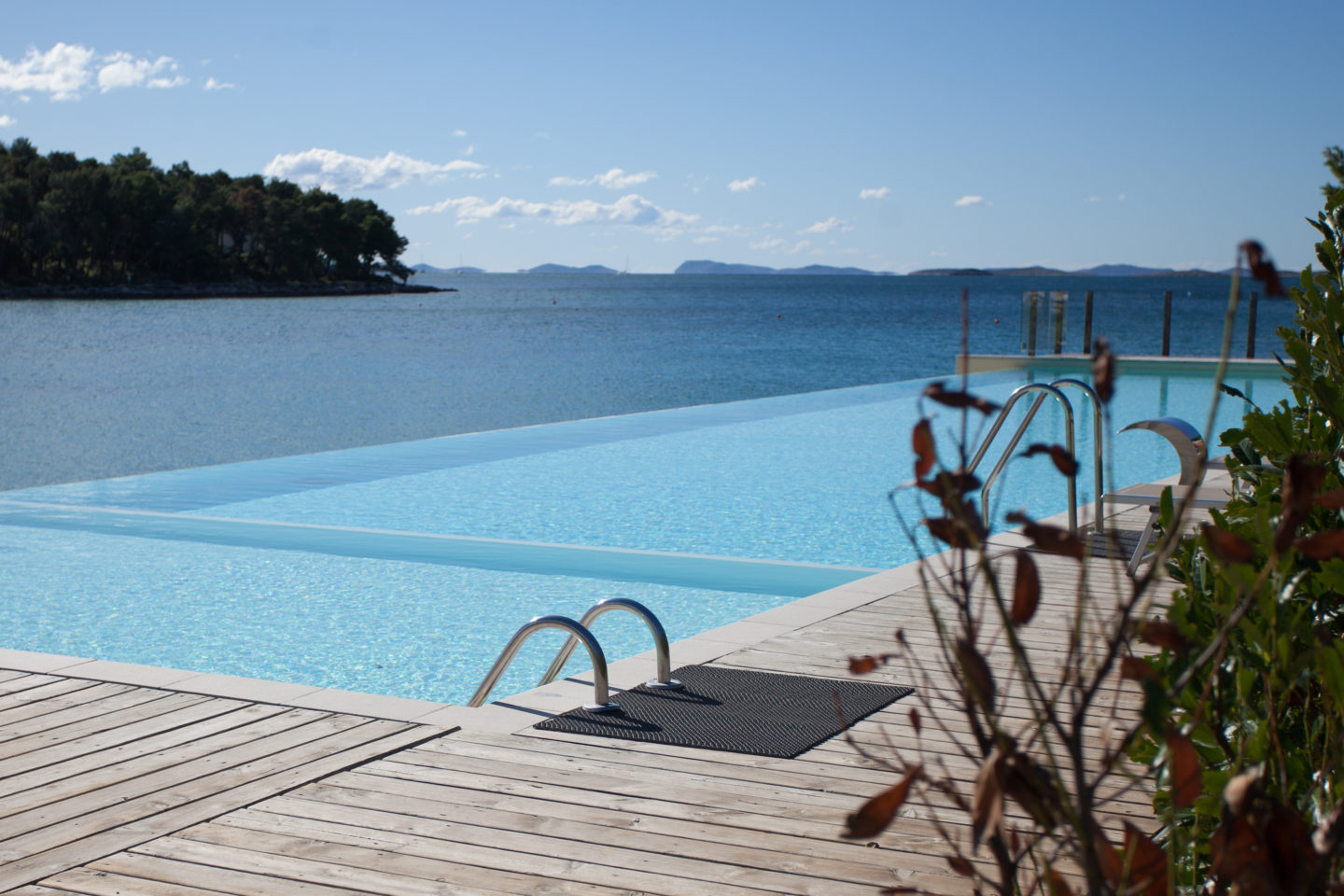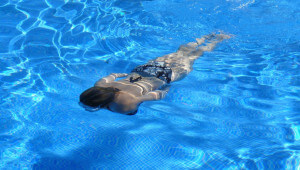All you need to know about salt chlorinated pools

Have you been hearing a lot about salt chlorinated pools and salt chlorinators? Do you know enough about the specific details of this type of water treatment? Find out about the advantages of a salt chlorinated pool.
How does a pool with a Hayward salt chlorination system work?
It will perhaps surprise you to find out that a pool with salt chlorination is not a pool without chlorine. To summarize, there are several ways to treat your pool using chlorine: on the one hand there are chlorine tablets, on the other hand a salt chlorinator which transforms salt... into chlorine.
This type of treatment generates less chloramine, because the chlorine created in situ is highly reactive. Depending on the model of salt chlorinator, you can choose amongst several different functions. However, the basic operation remains the same: whether it is the AquaRite® LT, the KLX, or even the AquaRite® +, they all release a dose of chlorine at regular intervals without any intervention on your part. It’s fantastic!
What are the advantages?
There are so many of them! And they all share the same factor: greater comfort.
Firstly, you and your family and friends will no longer need to handle or store chlorine chemicals for your pool maintenance. Secondly, the low level of chloramine in the water is more comfortable for the skin, and therefore causes less irritation and secondary effects such as red eyes or dry skin. Lastly, automated water treatment provides true peace of mind, in particular, thanks to programmed chlorine dosing that prevents the pool water from turning green.

Important information for correctly maintaining your pool by salt chlorination.
Avoid using water from a borehole or a well because it contains algae, bacteria and micro-organisms that will need to be eliminated. This will exhaust the cell prematurely. In addition, this water can contain metals and/or calcium. Depending on the region,damage can be caused to your pool equipment.
Since the salt chlorination process tends to increase the pH of the water, it is important to control this correctly. You can automate its regulation thanks to your salt chlorinator. Some models such as the KLX or the AquaRite® + provide this option.
Concerning active winterizing of a pool that has a salt chlorinator, it is recommended to totally shut down the system and drain the cell to prevent it from freezing.
Lastly, for those who have questions about the transition from chlorine tablets to salt chlorination, you should know that this change is a frequent occurrence and that it is very easy to do, depending on the model of salt chlorinator that you choose. In all cases, don’t hesitate to find out more from a pool specialist.

